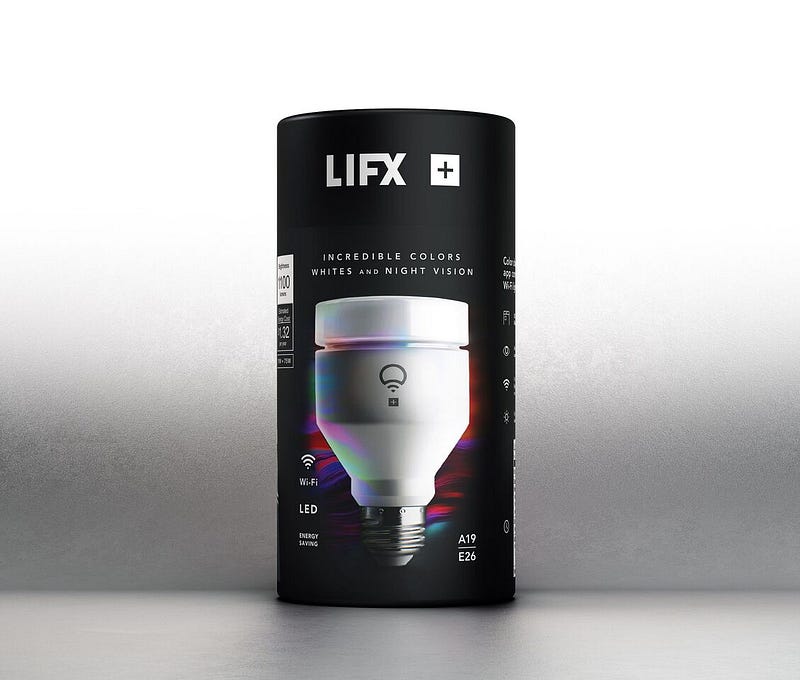The future of connected products
The digital transformation of the home has just get started. We have seen a lot of connected devices in the last ten years, the technology is always moving faster, reducing dimensions and increasing low-power connectivity but the overall experience is still frustrating.
How can we design the future connected products?
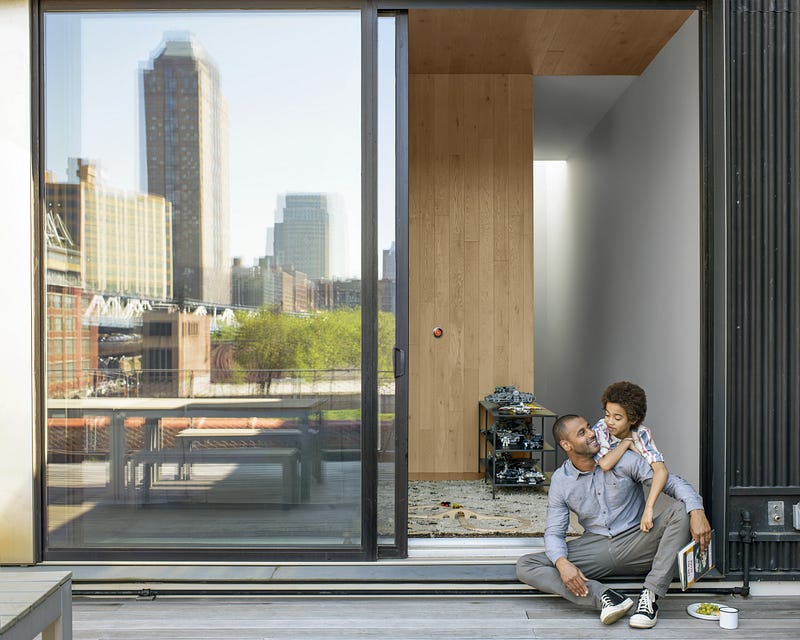
Smart home
A smart home could be defined as:
“home with connected devices that change data with a provider to customise experience regard owner habits and needs."
A “smart” appliance needs three core elements: technology, artificial intelligence, and user experience.
Market
We can define three customer segments for IoT:
- Early adopters: they are frustrated with the low level of automation inside the home, they need to manage different tools and systems with a lot of frictions. They view future connected devices as solutions to everyday problems. They already have some connected products like fitness trackers, smart watches, and entertainment systems.
- Fast followers: they are interested in easy to use products and they are very price sensitive. They have not connected products, maybe only a smart TV.
- Laggards: they are not interested in IoT because connected products are too expensive and they prioritize money-saving. They buy only products when they are able to see some benefits, like safety increasing or cost reduction.
Goals
The goal for companies and designers is the same:
Make the next generation of connected products more human
People who live in the same home have different habits, needs and tastes so technologies will create a stronger relationship between people and appliances with frictionless interactions.
Early adopters already have connected products inside the home but they have problems and frustrations using them. For example, enrollment procedures are always difficult to complete, sometimes products don’t sync and they can’t be used with all types of smartphones.
Technology can improve but needs and fears inside the home will always be the same, IoT devices can help users to reach some basic needs like:
- Reducing fear of a weak security;
- Forgetting doors opened;
- Coming home in a space too hot or too cold;
- Cooking with incorrect temperature.
Key values
The following are key values for IoT products purchase:
- Health: products that can improve quality of life like fitness bands or sleep trackers. Bedditdisappears inside the bedroom measuring temperature, heart rate, breathing and other types of data without being noticed, Beddit also gives suggestions to improve sleep quality.
- Safety: products that can improve security like smart keys, alarms and cameras. Nest Labs, the leader in connected home products, use security camera not only for individuals but to improve safety of families and neighborhoods.
- Privacy: products that collect personal data, habits and behaviors only to improve user experience, data transparency is strongly needed for all IoT devices.
- Energy saving: products that help users to control consumption and save money. Well, is a smart shower connected with a network that help users to manage and preserve water.
- Compatibility: products that can sync with personal smartphones or tablet from different brands without extended enrolment procedures.
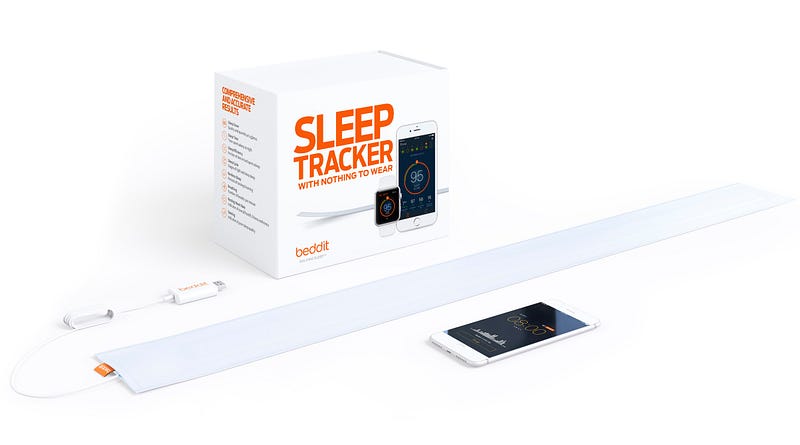
New Dynamics
Digital assistants and smart objects are changing the way people interact with devices during the normal home life. Here some dynamics to remember while designing for the home:
Omni connections
Information and data flow from the house to the smartphone in a continuous way. Users can be far away from home and still have complete control, like checking security cameras or ambient temperature.

Seamless management
Users don’t only control the home but also take remote actions, maybe inside the car while driving away from the office without using hands. Tasks are automated, users need time for pleasure not for managing features. Services like IFTTT can manage action without user intervention.

Adaptive ecosystems
Lights, temperature and music can create a comfortable ambient but comfort is subjective, the ecosystem adapts regard how many people there are inside the space and how they are used to interact. Essential Home, an open-sourced connected home hub, detects when people are having a conversation and automatically lowers music volume.
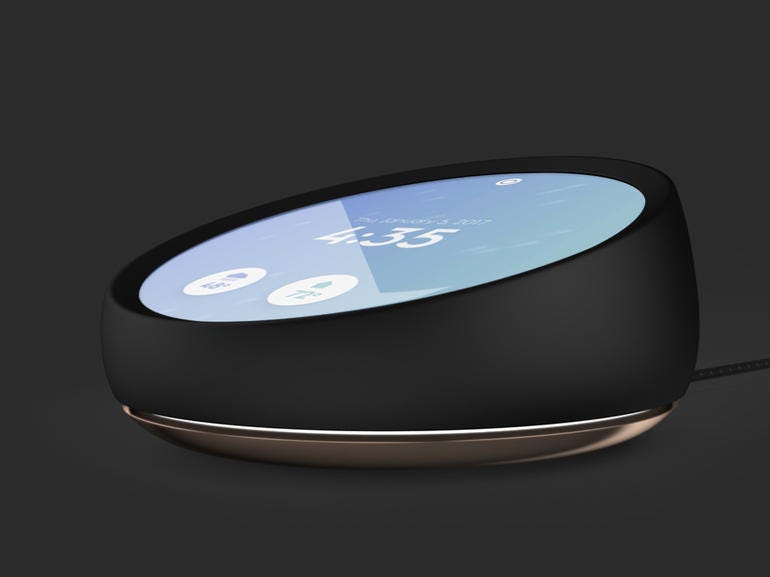
Enlightenment
Digital enables enlightenment, not data overload. Technology disappears into the background leaving space for pleasure. Connected products are moving from a source of overload information becoming a discrete assistant. Thanks to a barcode scanner Tavola helps users to enjoy meals.
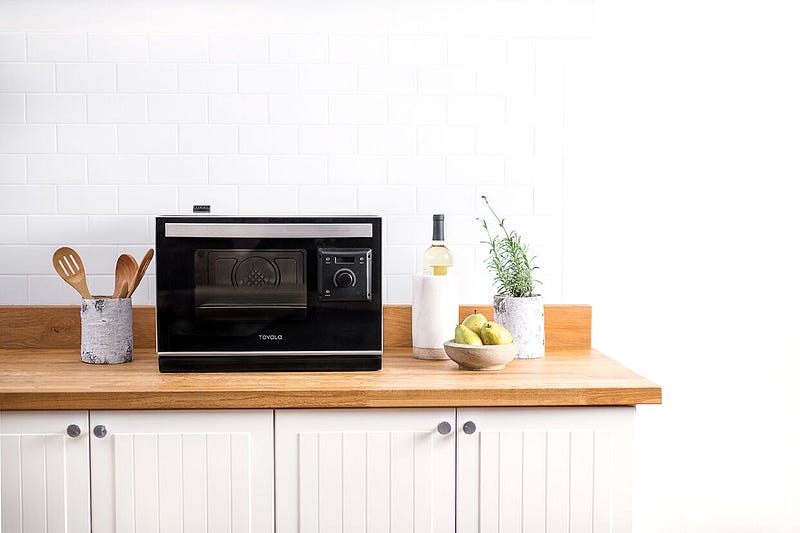
Routine
Machine learning helps connected products to learn about user habits and match those habits with all people inside the home creating a shared experience. Lifx creates wifi connected bulbs that allow residents to define specific light preferences and adjust automatically to create a better environment for relaxing or conversation.
